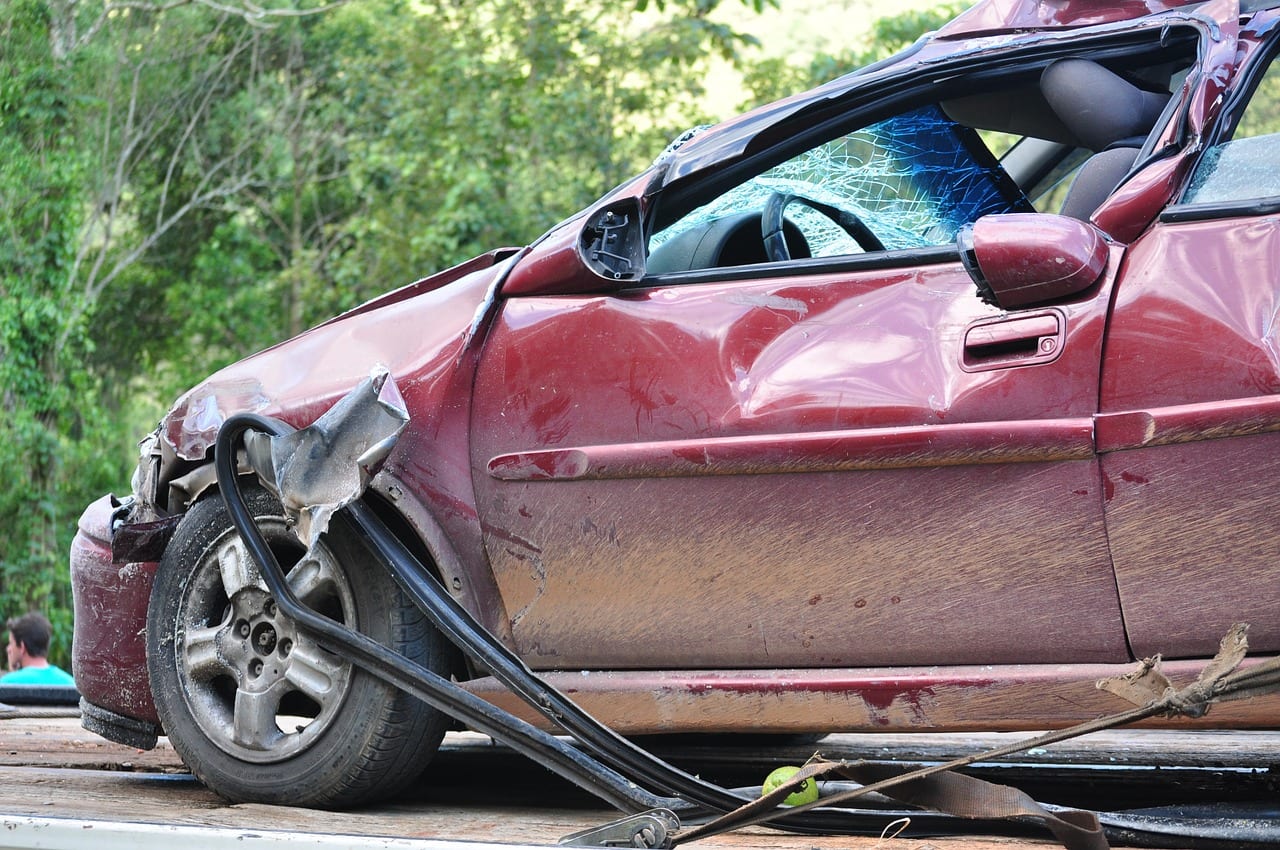Hit-and-run crashes have steadily risen nationwide over the last several years. In 2016, deaths from hit-and-run accidents hit an all-time level at 2,049. Pedestrians and bicyclists accounted for nearly 65 percent of the fatalities. https://newsroom.aaa.com/2018/04/hit-run-deaths-hit-record-high/
If you have suffered personal injury or other harm from a hit-and run-driver, you have the obvious challenge of locating the tortfeasor. Hit-and-run drivers often do not report crashes or aid injured people in order to avoid a myriad of legal troubles. The driver that hurt you may have been avoiding outstanding arrest warrants, been driving while impaired or with a suspended license, overcome with panic or guilt, or been oblivious to his or her involvement in a motor vehicle crash.
A hit-and-run crash does not have to leave you without recourse. If you take prompt action, you may be able to locate the at-fault driver and sources to get some compensation for your losses.
Report to Law Enforcement
Insurance companies tend to view hit-and-run claims with some suspicion. The absence of an identified driver raises the question whether you have staged or faked the incident. To alleviate these concerns of the insurance company, you should report the accident (if you are able) immediately to a law enforcement officer. In doing so, call the sheriff, police department or highway patrol and await an officer’s arrival.
Reporting to law enforcement makes it less likely that you are lying about being in an automobile accident. This is because it is a crime for you to file a false police report.
When you contact law enforcement, you also harness an officer’s investigative powers, resources and skills. Typically, an officer responding to an accident is trained in accident investigations. Fragments or paint from the hit-and-run car may afford the officer clues to the identity of the car involved. An officer may interview witnesses, view nearby video cameras that may have captured the vehicle or the license plate number or locate a nearby person acting suspiciously or as if he or she wants to avoid apprehension. Such a person might have been involved in the crash.
Get as Much Information as Possible
When you are able, start collecting information about the crash. Take photographs of your vehicle, any broken glass or vehicle pieces and the street or road where the crash occurred. Write down any information about the vehicle that hit you — license plate number (or as much as you can remember), color, make and model. Find witnesses who may have seen the crash, the fleeing vehicle, the hit-and-run driver or the direction of travel for the fleeing vehicle. Nearby homeowners or store owners might have security camera footage of the crash. Furnish this information to the police.
Get Medical Attention Promptly
Seek medical treatment as soon as possible. Depending on the seriousness of your personal injury, you may need to call 911 even before contacting the police. A call to 911 will bring an ambulance and likely a law enforcement officer anyway.
Go to the emergency room even if you don’t think you were seriously injured. An examination might reveal an injury or dangerous medical situation arising from the accident. Refusing ambulance service, a visit to the hospital or other medical treatment until some days after the crash compromises your case. The defense — and a court — may question the seriousness of your injury or the credibility of your claims if you delayed in getting treatment.
Also, injured parties must mitigate their damages. The duty of mitigation means that you must take reasonable steps to prevent or reduce the level of harm. If you delay in getting medical treatment, your condition may worsen and result in larger medical expenses and other damages. A court might conclude that you could have avoided these losses had you acted more promptly in being treated.
File a Claim With Your Insurance Company
In a hit-and-run case, the collision coverage in your automobile insurance may pay for the vehicle damage. With a claim under your collision coverage, you do not have to prove the fault of the driver of the other vehicle. You will face a deductible, depending on your specific policy. To cover your personal injuries, you may resort to the “med-pay” coverage of your automobile insurance. Auto insurers must offer up to $5,000 in coverage for medical expenses arising from an automobile crash.
Should you later locate or identify the at-fault driver, obtain any information about that driver’s automobile insurance. If that driver did not carry any liability insurance or enough of it for your damages, make a claim under your uninsured motorist coverage (UM) or underinsured motorist coverage (UIM) for property damage, medical expenses and other personal injuries. UM or UIM coverage is based upon the liability of the driver that hit you. Thus, you must prove that the other driver negligently operated a vehicle and caused your injuries.







